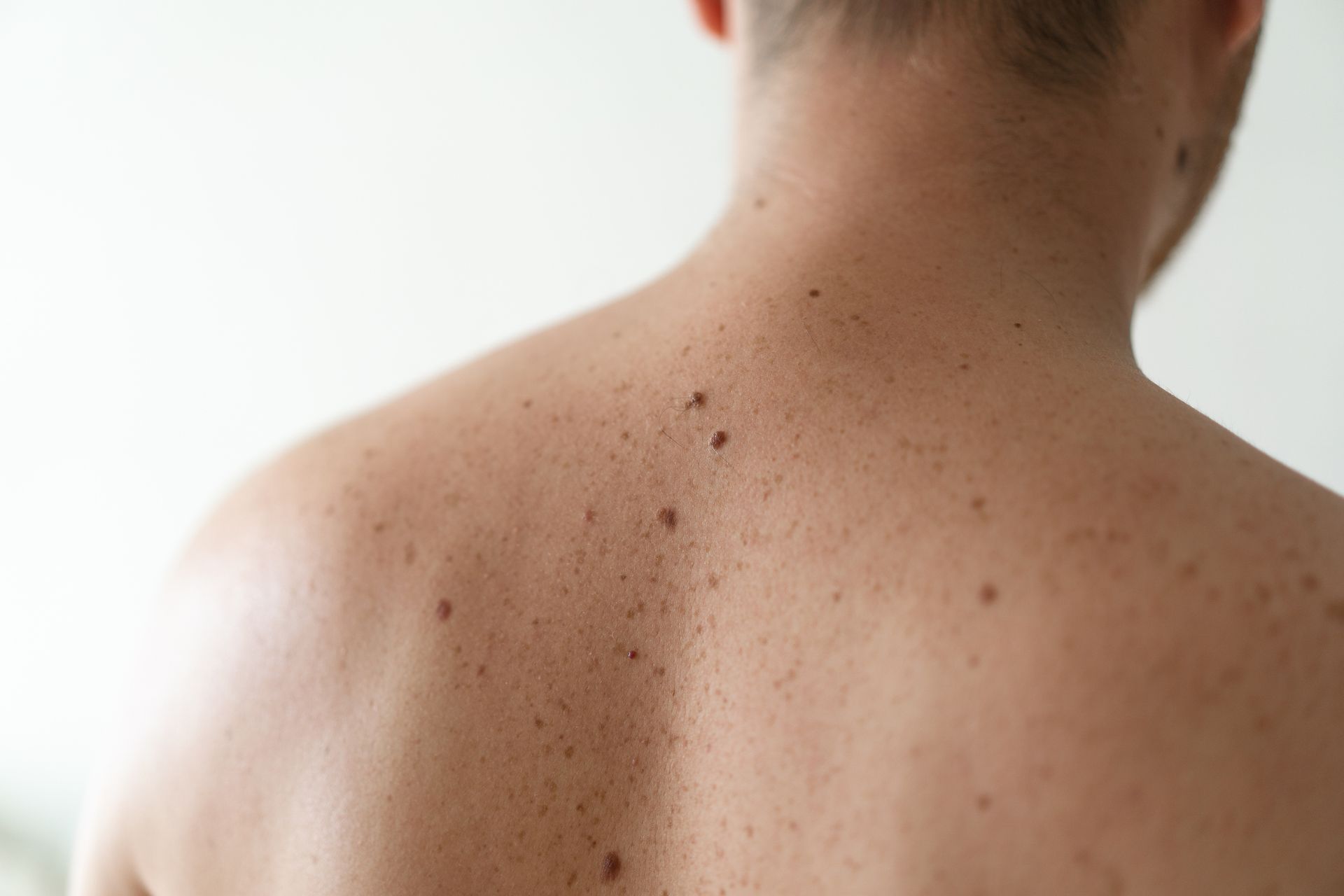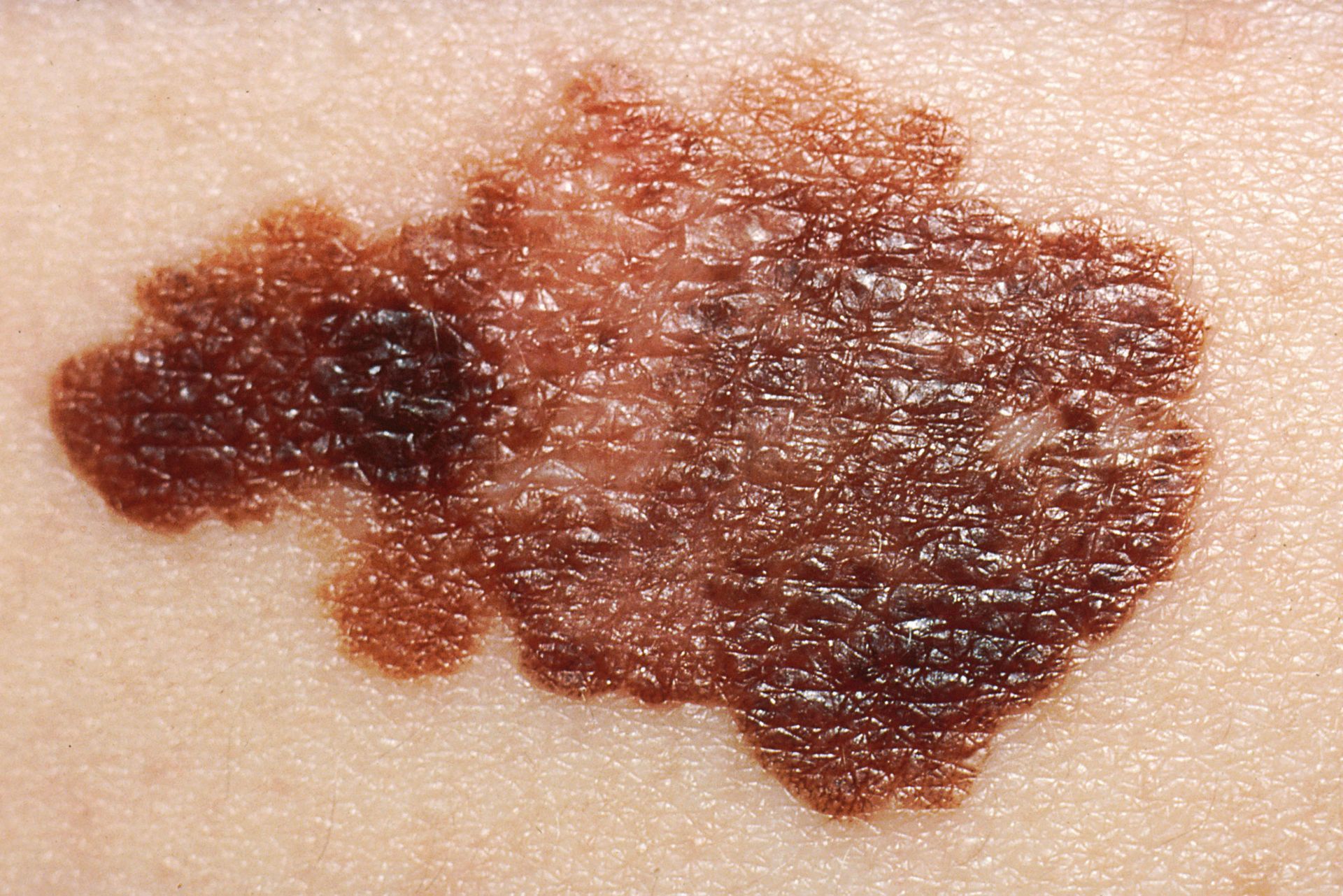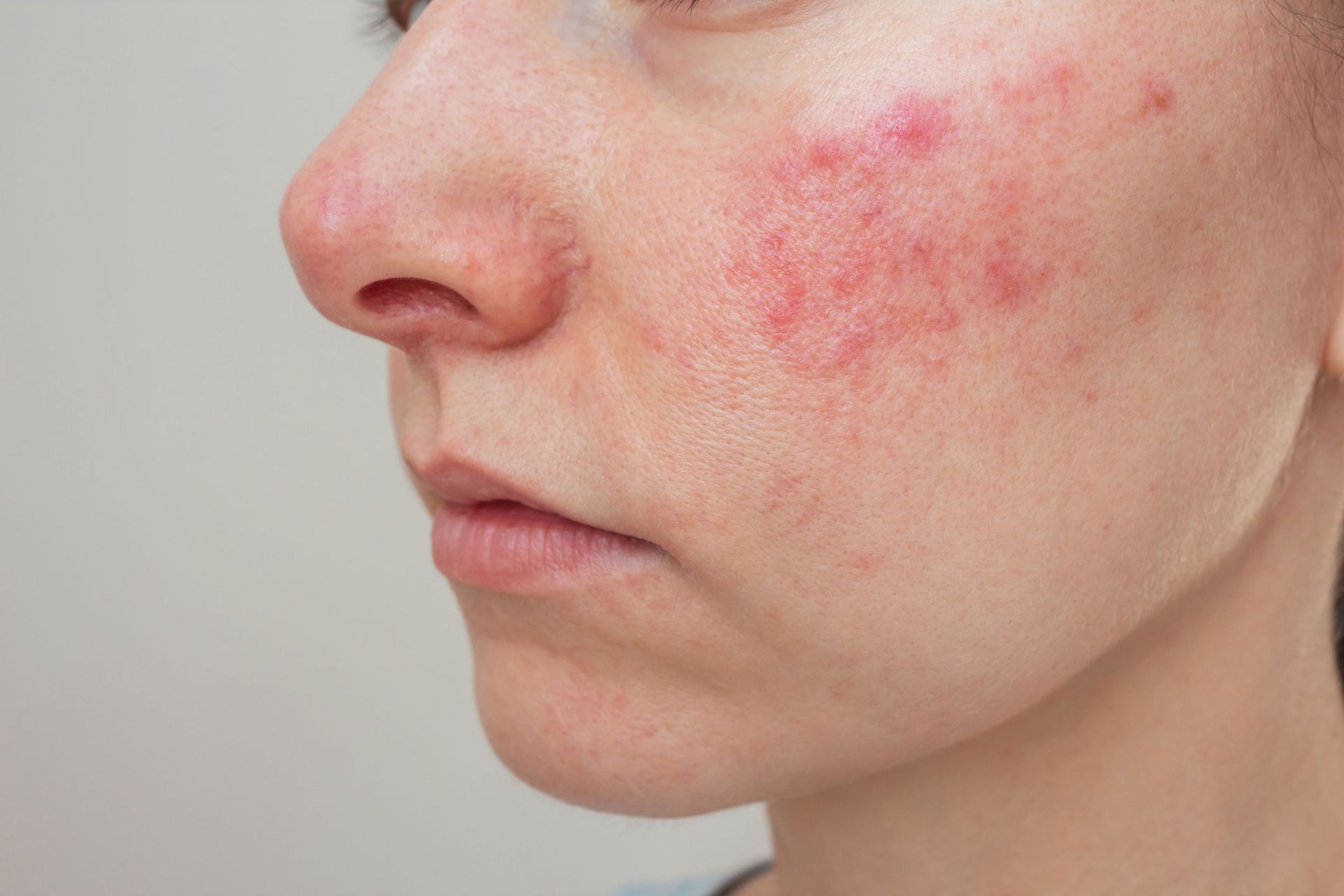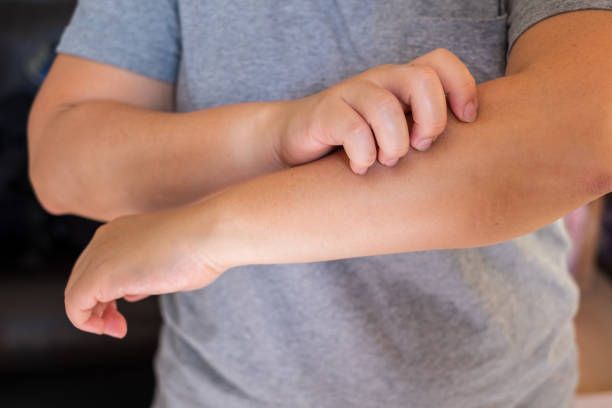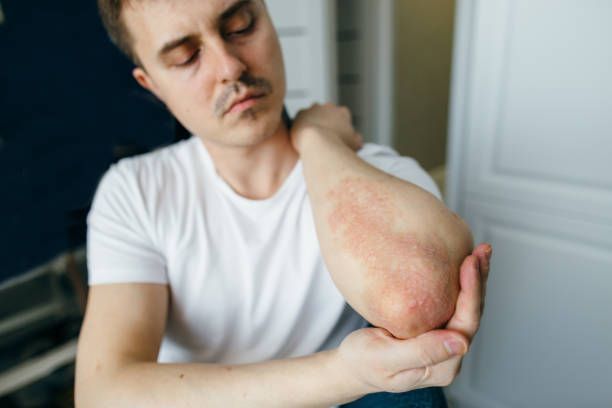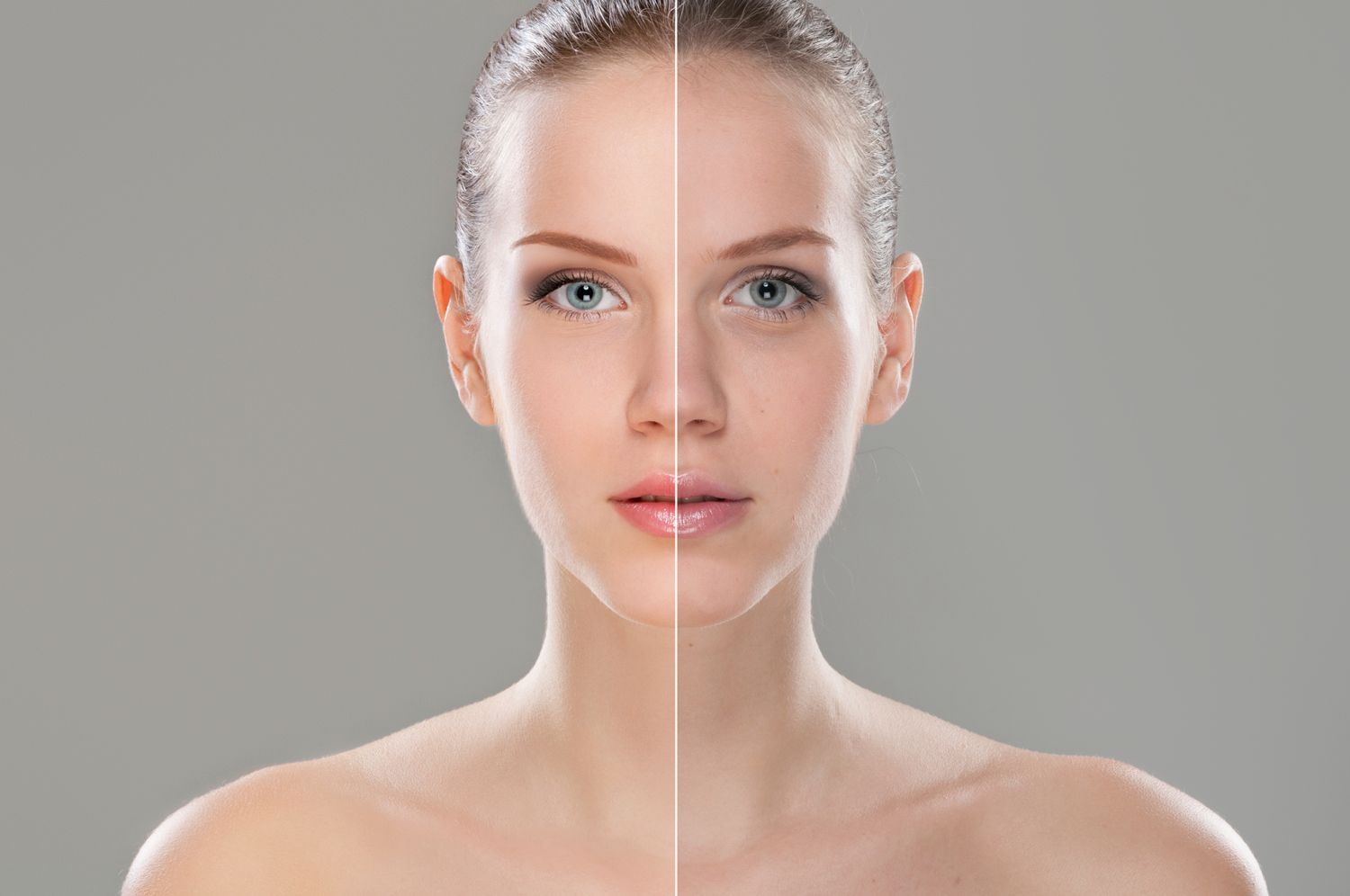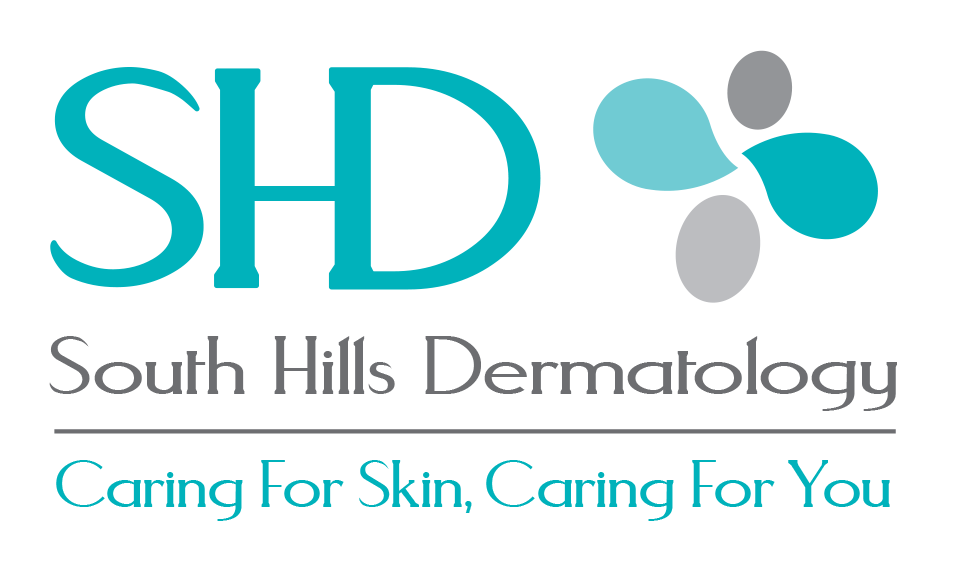Moles (Nevi)
A mole, also known as a nevus (plural: nevi), is a very common skin growth. Moles develop as a result of clusters of melanocytes (pigment producing cells) in the skin. Although a mole can be present at birth (called a congenital nevus), most nevi appear during childhood and adolescence. Most people have between 10-40 moles. Moles can vary in size, shape, and color. Common moles are typically round or oval in shape. Though they can be various colors (pink, flesh colored, tan, brown, blue or black), most moles are uniform and homogeneous in color. Moles can be flat or raised and occur anywhere on the body. Some people can have moles which are more atypical in appearance - commonly referred to as atypical moles or dysplastic nevi.
Atypical moles can be larger in size, more irregular in shape, and with more color variation. Though atypical moles are benign and not cancerous, they can be more difficult to differentiate from a deadly form of skin cancer called melanoma. Visit your dermatologist if you notice any new, unusual, changing, or symptomatic moles.

